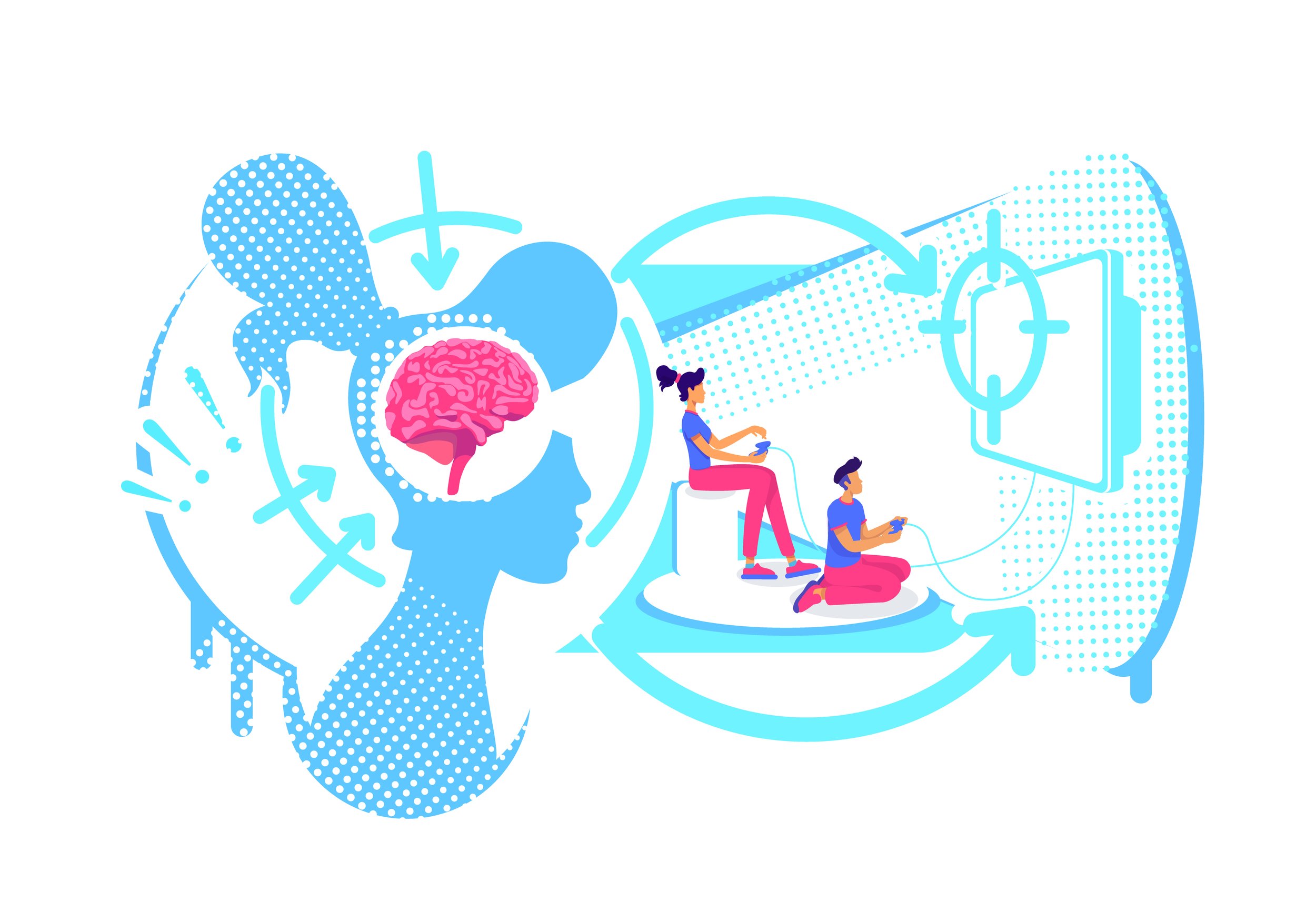How Do Video Games Affect the Brain?
Video games are huge. There will be 3 billion active gamers by the end of 2023. The video game industry has risen to outperform the movie and music industries … combined. At Endless, we see great potential in this zeitgeist because we believe that video games are uniquely positioned to teach students the vital 21st century skills they’ll need to succeed in today’s digital economy. But what are the implications of this widespread phenomenon on the brain? We dug into the latest research on the effects of video games on the brain and what it means for avid gamers everywhere.
Truthfully, researchers are still working to understand all the nuances. There’s a lot we still don’t know, complicated by the wide variety of the games and gamers being studied and the tenuous causal relationships between gaming, cognitive and behavioral sciences. That said, there are some relatively straightforward links between certain video games and specific parts of the brain that can help us understand what’s going on up there.
It's worth a deeper dive, and we've pulled together some resources that are helpful for getting started.
Researchers have found video games could improve general brain functioning. EdWeek and The Verge reported on a study that found kids who play video games for three or more hours per day perform better on tests involving impulse control and working memory. Not only did gamers’ brains show more activity in regions associated with attention and memory, but also in places involved with vision, attention, problem solving, and memory processing.
More specifically, playing video games might even help your brain learn. Kris Alexander, a professor of video game design and passionate gamer, explains in this TED Talk how humans take in three core types of information: audio, text, and video. When too much similar information comes in across the three channels, people experience “cognitive overload.” Imagine, for example, a teacher reading content word-for-word off slides. Does that ever work? It certainly didn’t for Alexander, who started using video games during class to vary the input and saw great results.
Some studies have taken it even further, suggesting certain feelings that come from gaming are linked to specific neural pathways. For example, researchers are really interested in the feeling of being “in the zone” while playing a perfectly level-matched video game - something they call finding “flow.” It’s that intense feeling of focus and enjoyment when playing something not too easy (boring) and not too hard (frustrating). Video games often support this process intrinsically, with easier lower levels that build skills before moving to harder challenges. That flow state is directly correlated to activity in a certain part of the brain – so much so that when researchers stimulate that part of the brain during gameplay, subjects are much more likely to report feeling “in the zone” than those receiving placebo treatments. SciShow Psych dives into other studies in this video, too, investigating levels of concentration and sense of time.
These effects are so pronounced on the brain’s attention mechanisms that the FDA approved a prescription video game for kids with ADHD in 2020. Akili Interactive’s EndeavorRX is the first of its kind, marketed and prescribed as medicine to reduce attention deficit. By targeting and activating the neural systems that are involved in attention function and using adaptive algorithms to personalize the treatment for each patient, participants are encouraged to improve performance while having fun. Researchers and game developers are hoping this is the first of many video game based therapeutic tools that can be used in combination with other treatments.
Source: Akili Interactive
That said, there may be some brain-related risks associated with playing too many video games. One study looked at how experienced gamers and non-gamers approach mazes and found that the groups used different strategies to navigate through them. Experienced gamers tended to memorize the turn sequence (“response learning strategy”) more often than non-gamers. People who use this strategy tend to have a bigger striatum - part of the brain that helps us understand stimulus response and reward - but a smaller hippocampus - the part of the brain that forms deeper memories.
At the same time, when looking at the brains of gamers who generally play puzzle-based and platform games, the study found an increase of gray matter in the hippocampus. Ultimately, it’s not worth cutting action games out entirely - maybe just incorporating some puzzles here and there.
There’s so much more out there to explore when it comes to video games and the brain. For now, we’re excited about highlighting the potential benefits of games to engage critical brain processes.



